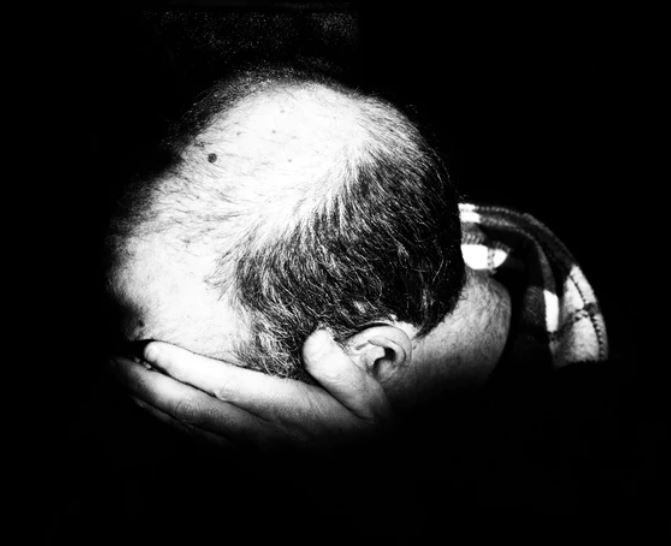Overview
Alopecia areata is a common hair loss disorder characterized by patchy areas of hair loss on the scalp. In Latin, “Alopecia” literally means “baldness”. “Areata” in this case refers to how patchy the hair loss typically presents with this condition.
For most with alopecia areata, hair loss occurs in small round patches. This leaves roughly coin-sized areas of bare skin. For the most part this happens on the scalp, although the hair loss can affect other areas of the body too.
In less common cases, the entire scalp could experience hair loss (called alopecia totalis.) Alopecia universalis is when the whole body experiences hair loss. Rarely, alopecia aerate can have different patterns of hair loss than the usual.
Alopecia areata is found in people of every age, although it’s most commonly seen in adolescence or early adulthood.
Hair loss with this condition will occur over the course of a few weeks. The lost hair will usually regrow after several months, although it can fall back out again. For some people, unpredictable cycles of hair loss and regrowth can happen over and over again for years at a time. Along with their hair loss, sufferers may also experience fingernail and toenail changes. For example, pits on the surface of their nails may appear.
Alopecia areata is not a dangerous condition, nor is it particularly painful for the person. However, it can result in low self-esteem and a lowering of a person’s quality of life due to how it affects their appearance. For some, this condition may lead to anxiety, depression, and other psychological or emotional problems.
Commonly Associated With Alopecia Areata
Alopecia Circumscripta, Celsus’ Vitiligo, Jonston’s Alopecia, Cazenave’s Vitiligo, Porrigo Decalvans, Alopecia Celsi, Alopecia Cicatrisata, Vitiligo Capitis, and AA
Cause Of Alopecia Areata
Alopecia areata is generally considered an autoimmune disorder, although its true mechanism is not fully understood. For those with a normally functioning immune system, it protects the person from foreign invaders, such as viruses, bacteria, and fungi. It does this by recognizing, attacking, and then clearing these foreign substances from the body. In autoimmune disorders, however, the immune system doesn’t function the way it should, and attacks the person’s own body instead.
For those with alopecia areata, their immune system targets hair follicles, which will cease hair growth in certain areas of the body. No one knows exactly why the immune system targets hair follicles. Thankfully, this process doesn’t permanently destroy the hair follicles, so the hair can regrow again later.
Those with alopecia areata are at increased risk for developing other autoimmune disorders, such as systemic lupus erythematosus, vitiligo, allergic asthma, atopic dermatitis, and autoimmune thyroid diseases. Examples of these include Grave’s disease and Hashimoto’s thyroiditis. The opposite is also true – those with other autoimmune conditions are at increased risk of developing alopecia areata.
A lot of the time, why exactly people suffer from alopecia areata is unknown. Environmental factors, such as illness, emotional stress, or physical injury may have the ability to provoke an abnormal immune response in some susceptible people. However, for most with the condition, it’s not clear why their hair loss occurs.



